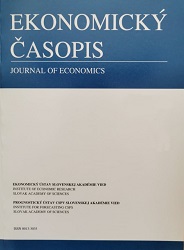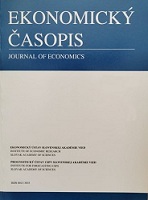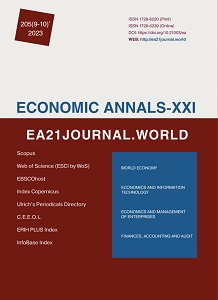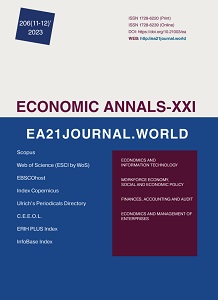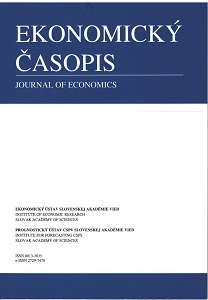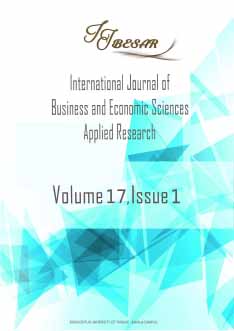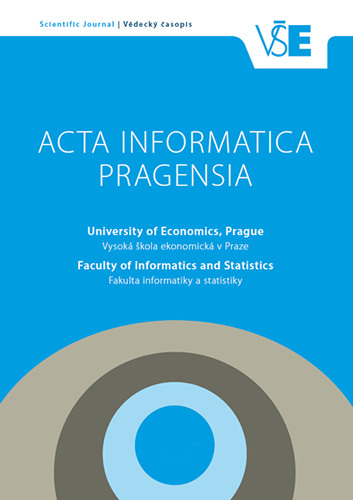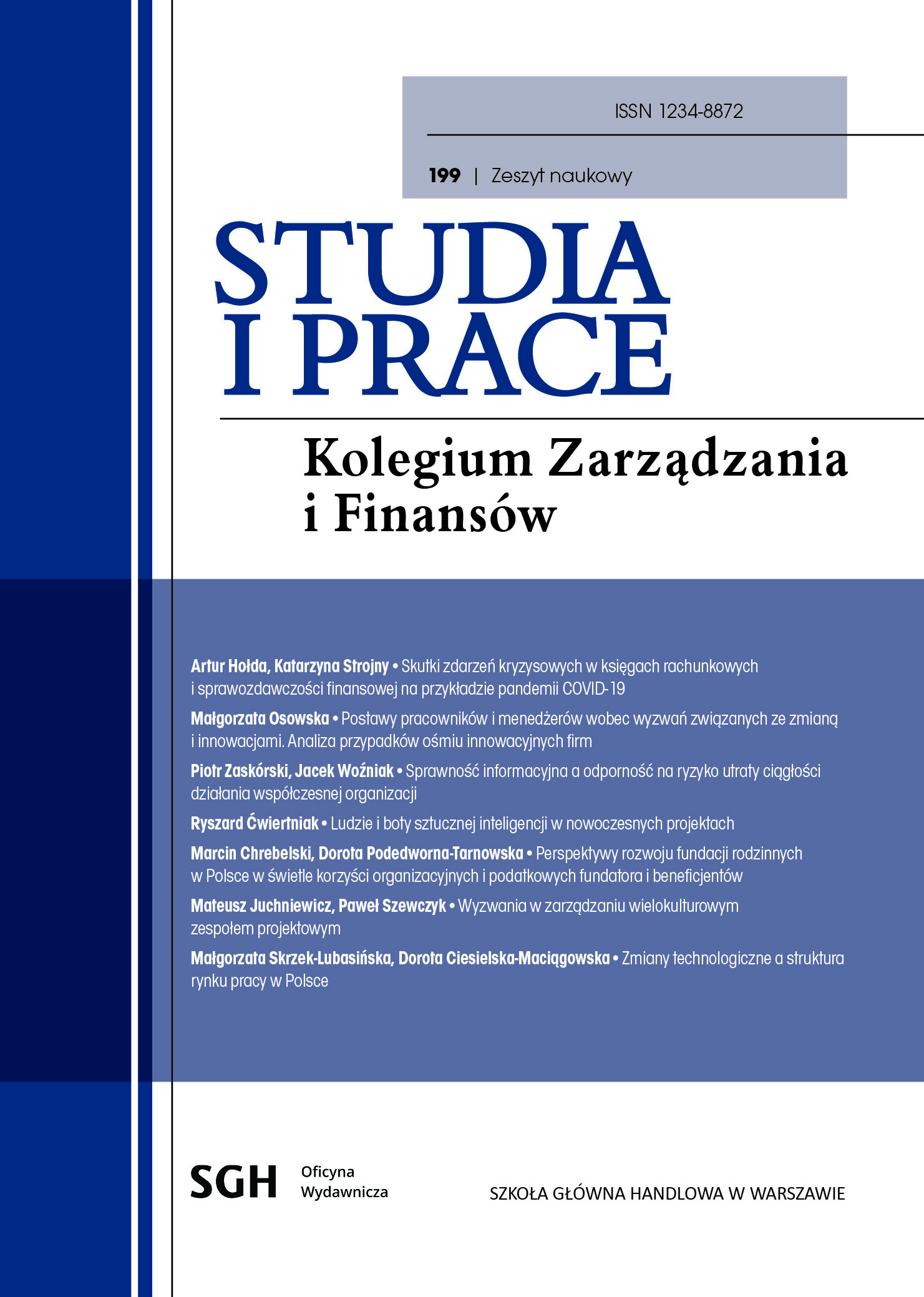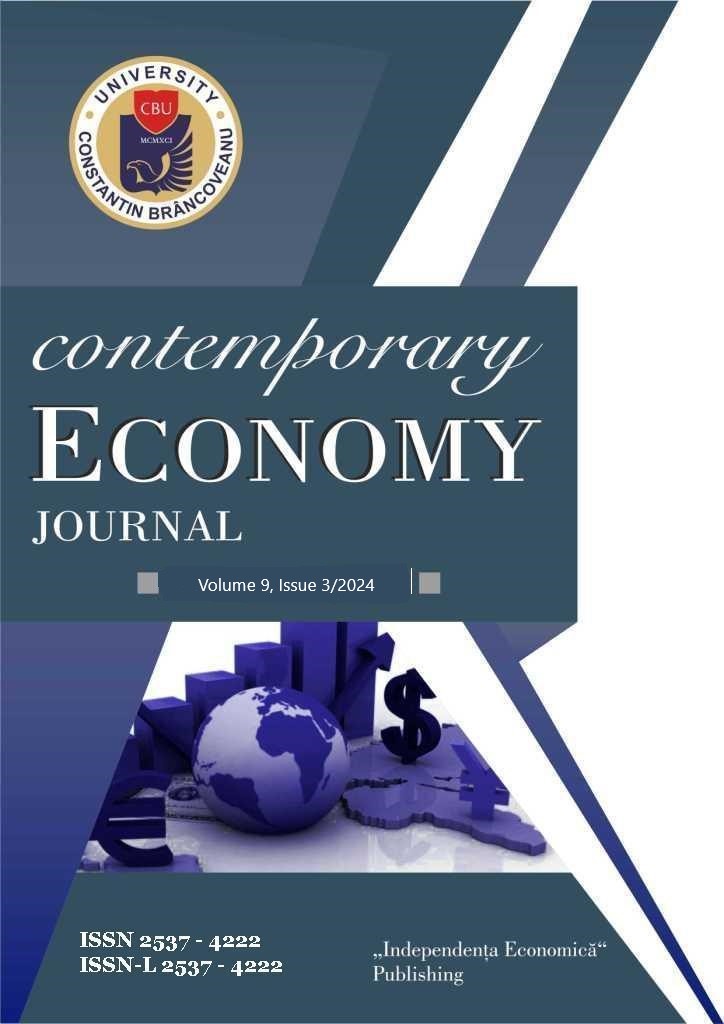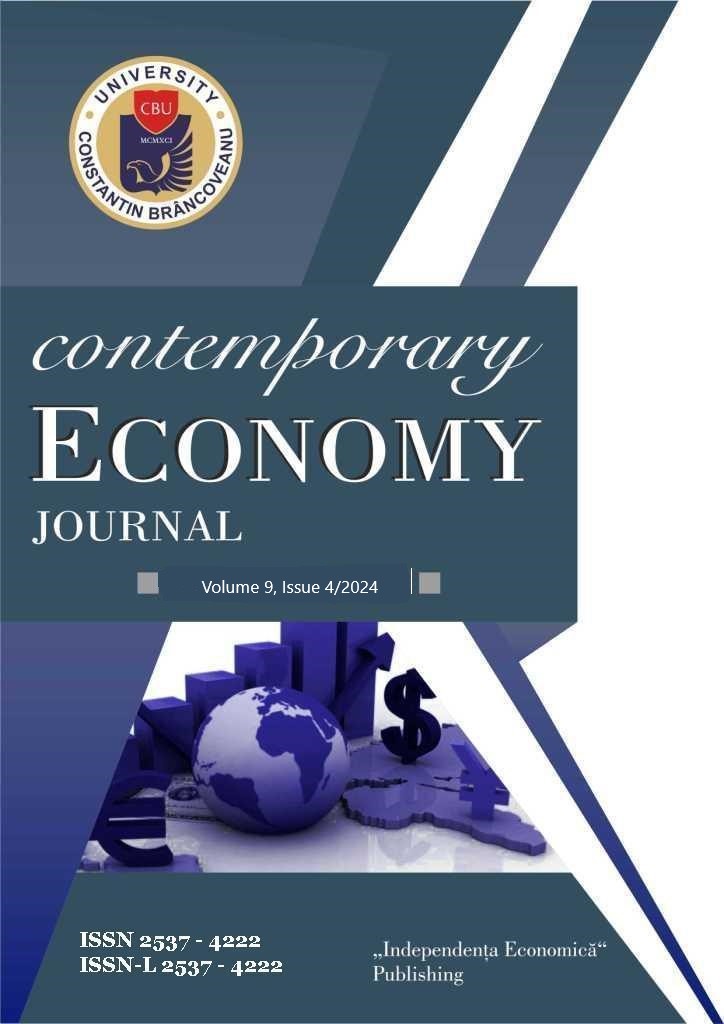
Regionální input-output tabulky: praktické aspekty jejich sestavování pro kraje České republiky
The paper describes practical aspects of the compilation of regional input-output tables of the Czech Republic. Regional input-output tables (RIOTs) are not compiled by the official statistics. RIOTs represent a supplement of published indicators of regional accounts. The compilation of RIOTs is based on the combination of different data sources. The matrix of technical coefficients derived from national input-output tables represents the fundamental base of the tables. With respect to users, the results are consistent with macroeconomic aggregates and therefore they are directly suitable for economic modelling. Moreover, RIOTs comprise the examination of elementary relationships between regions and advanced structural analysis. The paper outlines how to develop the methodology of the regional input-output tables’ compilation and illustrates the possibility of regional structural analysis.
More...
